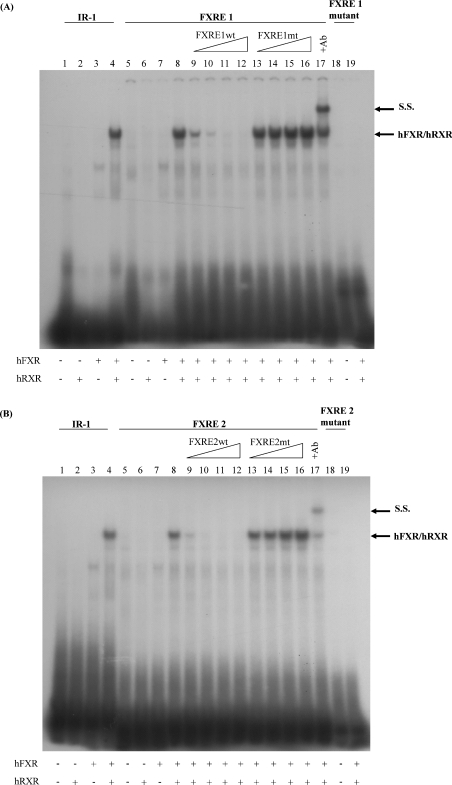Figure 5. The FXR–RXR complex binds in vitro to the human fetuin-B FXRE1 and FXRE2 motifs.
EMSAs were performed using end-labelled fetuin-B FXREs (wt probe, lanes 5–17; mutant probe, lanes 18–19). An IR-1 element, previously identified in the I-BABP promoter (lanes 1–4), was used as a positive control. Unprogrammed reticulocyte lysate (lanes 1, 5 and 18), hRXR (lanes 2 and 6), hFXR (lanes 3 and 7), hRXR and hFXR (lanes 4, 8–17 and 19). Competition was performed by adding 10-fold (lanes 9 and 13), 50-fold (lanes 10 and 14), 100-fold (lanes 11 and 15), or 200-fold (lanes 12 and 16) excess of unlabelled, wt (lines 9–12) or mutated probe (lines 13–16). Anti-FXR antibody (2 μl per tube) was added to the binding reaction before addition of the probe (lane 17) to obtain the supershift. Ab, antibody; S.S., supershift.

